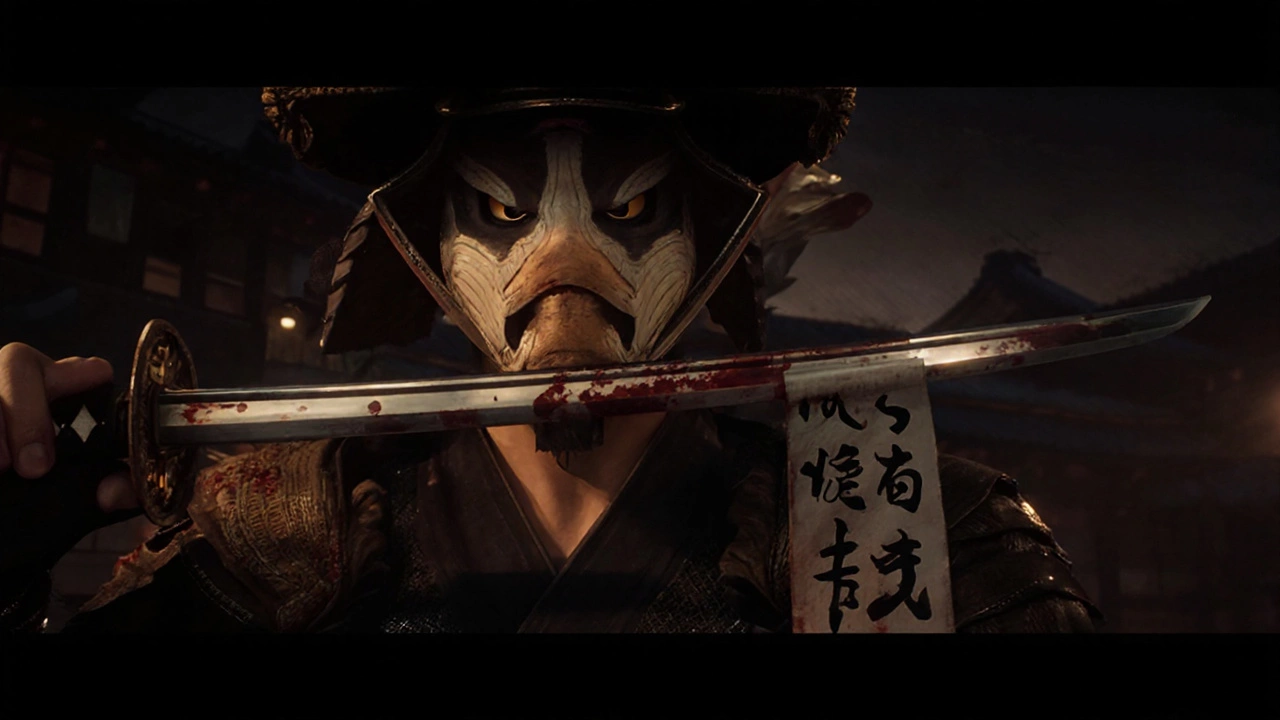Combat – High‑Octane Competition and Conflict
When talking about Combat, the clash of skill, speed, and strategy that defines fierce competition in sport, gaming, and real‑world scenarios, you’re really looking at a blend of physical and mental rivalry. People often picture boxing rings or battlefield video games, but the term stretches far beyond that. It also captures the split‑second battles on a race track, the tactical choices of a race engineer, and even the career‑building grind of an aspiring intern. In short, combat is any situation where participants push each other to the limits for victory.
One of the biggest arenas for combat today is Motorsport, high‑speed racing series that pit drivers, teams, and technology against one another. Whether it’s Formula 1, IndyCar, or a street‑legal drag race, the sport turns every corner into a tactical duel. The drivers’ split‑second decisions, the engineers’ data crunching, and the raw power of the machines all create a sensory‑rich combat zone where margins are measured in milliseconds.
Behind the scenes, Race Engineering, the discipline that uses software and telemetry to fine‑tune a racing car’s performance fuels the on‑track combat. Tools like MoTeC, Pi Toolbox, and ATLAS collect thousands of data points per lap, letting engineers spot the tiny tweaks that can shave off tenths of a second. Those numbers become the ammunition in a strategic war against rival teams. When a rival gains a speed edge, engineers respond with fresh setup changes, turning data into a decisive weapon.
Take Drag Racing, a straight‑line sprint that tests a bike or car’s ability to launch and accelerate in the shortest time possible. Here, combat is literal: the rider pulls a quick‑shifter, the engine roars, and two machines race head‑to‑head over a quarter‑mile strip. The gear shifter’s quick‑shift system lets riders change gears without the clutch, delivering a seamless power burst that can be the difference between first place and a distant second. That split‑second advantage is pure mechanical combat, where engineering meets rider skill.
For anyone itching to join this high‑stakes world, Internship, hands‑on work experience with a motorsport team that builds practical skills and industry contacts is the gateway. Interns dive into data logs, help set up pit stations, and even get a taste of the adrenaline that fuels on‑track battles. It’s a fast‑track way to learn the language of combat that every team speaks, from telemetry jargon to race‑day strategy.
How Combat Shapes the Content Below
All the posts you’ll find under this tag mirror the many faces of combat. Some break down the software race engineers rely on, others explain how a gear shifter works in drag racing, while a few explore how to break into the sport via internships. There’s also a quirky look at historic races that were more about fun than fierce rivalry, showing that combat can be light‑hearted too. Together, they give you a roadmap of the tactics, tools, and career moves that define today’s competitive landscape.
Now that you’ve got the lay of the land, scroll down to see the full collection. You’ll discover practical tips, tech deep‑dives, and insider perspectives that will help you understand and maybe even join the combat zones of motorsport and beyond.
Ghost of Yōtei Review: A Bloody Samurai Sequel That Delivers
Ghost of Yōtei expands on its predecessor with visceral combat, flexible stealth, and a striking visual style. The game follows Atsu’s revenge quest, offering both brutal melee and ranged tactics. New aesthetic modes and a dense open world keep the experience fresh, though some platforming feels repetitive. Overall, it refines the samurai fantasy without reinventing the genre.
